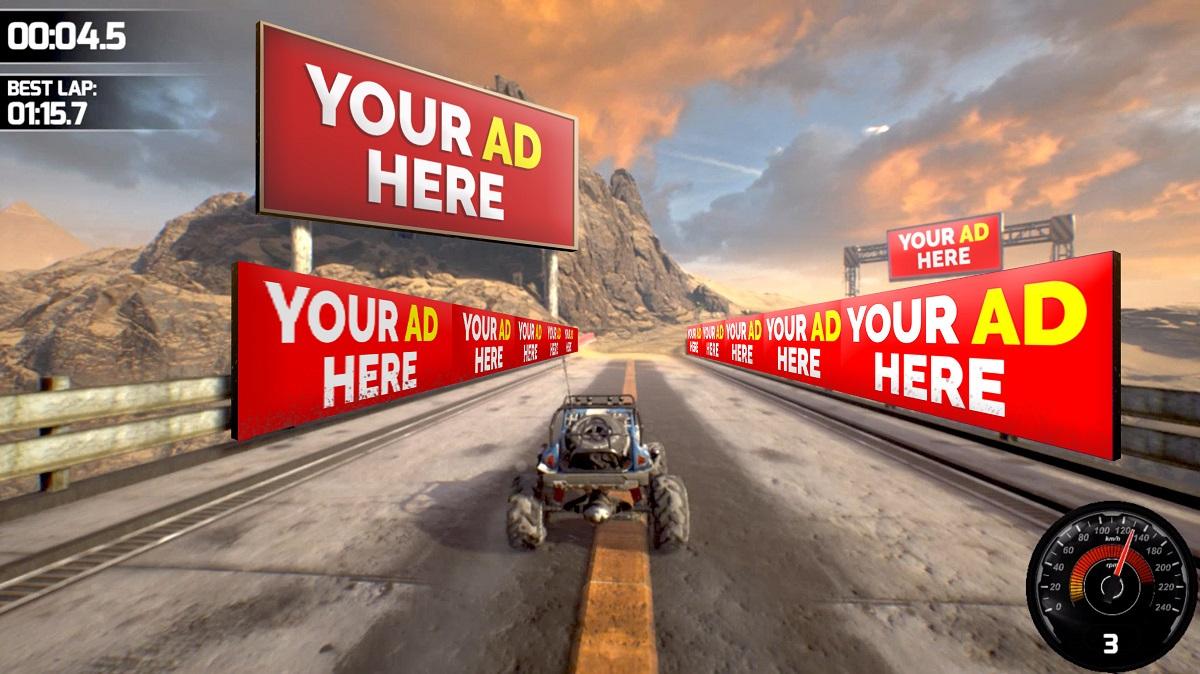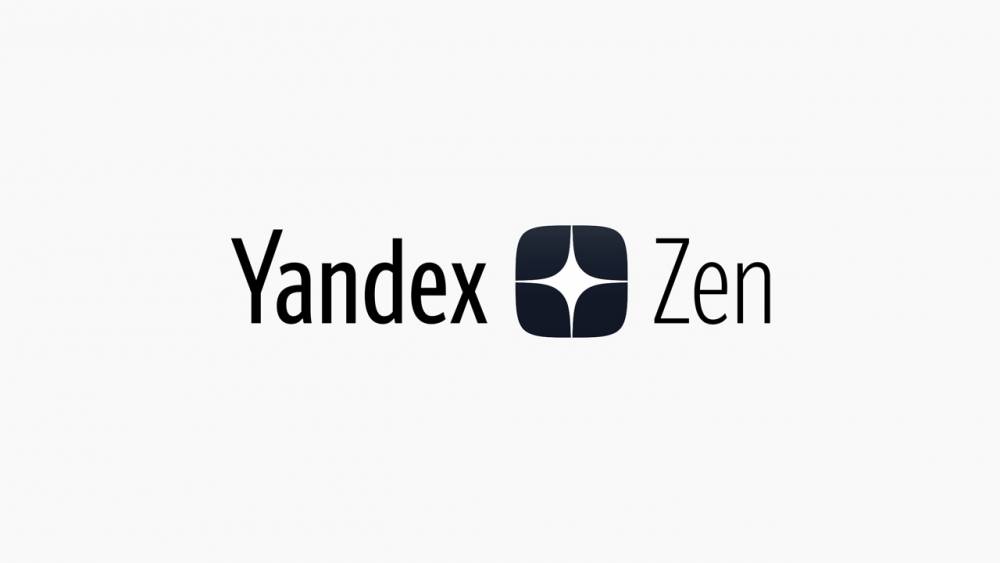Despite this growth, the gaming industry is full of common misconceptions about the relationship between gamers and brands. As we enter 2022, stakeholders in the in-game advertising industry aim to raise awareness about the reach and effectiveness of their services and help non-endemic brands further place themselves on the playing field. According to Technavio's In-Game Ad Market by Platform and Geography report, the in-game ad market is expected to grow by approximately $11 billion over the next three years. Here's the story of how the modern in-game advertising industry has taken shape, and how some industry observers predict the space may evolve in the future.

In-game advertising has been around for almost as long as the gaming industry itself. Original in-game ads were hard-coded directly into games and were often the result of developers or their hired agents directly influencing skeptical brands to place their products in the game.
In-game advertising is a rapidly evolving industry as we enter 2022; According to the Admix report, 81% of media buyers plan to increase in-game spending in the next 12 months. But things have not always been like this. Between the early days of the industry and the modern renaissance, many companies sought to make in-game advertising a sustainable business and enjoyed varying levels of success and technological innovation.
As technology began to seize opportunities for players to consume, in-game advertising firms have bounced back by adapting newer and broader applications of ad technology, such as programmatic advertising, to function in in-game worlds. “Programmatic advertising was born in 2010. Mobile reached 2014-2015. And before that, you couldn’t scale campaigns because you had to go directly to the publisher, and it was almost a direct relationship. There was no way to create a scalable ad delivery, there was no real-time open betting network, and everything was different. Five years ago, this technology already existed, but it was not among the priority plans of advertisers. Fortnite and Roblox, which are considered niche, we’re not as big as they are now.
The growth of in-game advertising has resulted in a flood of interest from non-endemic brands, which in the past have held a wide swath of space. As players become accustomed to owning purely virtual objects, in-game advertising is no longer a tool for players to purchase physical goods. These days, virtual commerce is a booming industry in its own right, with in-game advertisements helping to increase consumption of purely digital items such as virtual clothing sold on DRESSX.
In the race to build the meta store, the leaders are leaving the playground, and these in-game ads are no exception. Many of today's in-game ad companies aim to be the metaverse ad companies of tomorrow. Petruzzelli: The reality is that the nature of what we do is that we are actively involved in this ecosystem from day one. The way players interact, the way skins are changed, and the way players interact with the game environment, that's the metadata stored. I think in-game advertising is intrinsically connected.
26 May 2022 Thursday tarihinde yayınlandı.
Sosyal Medyada Paylaş





